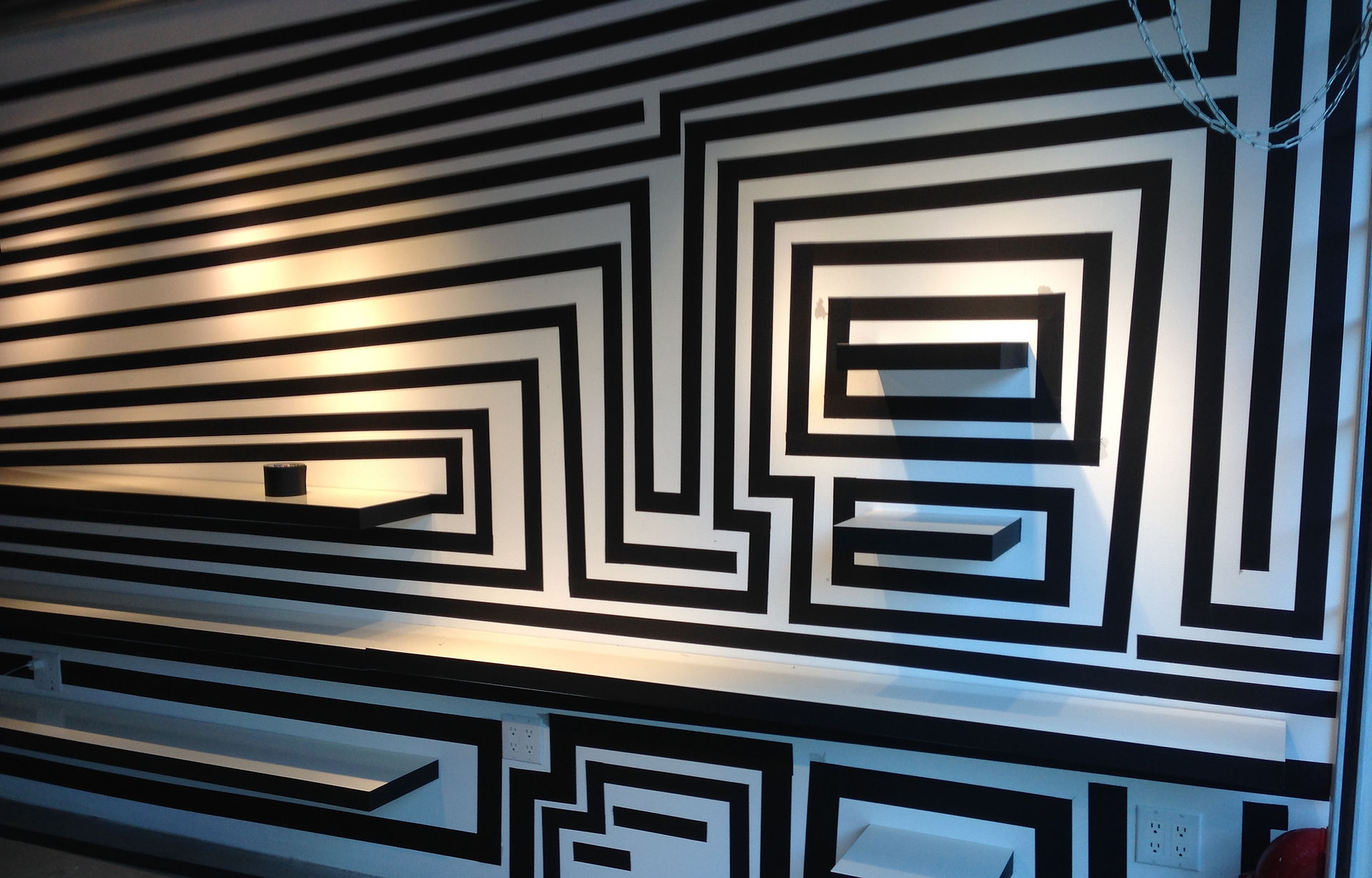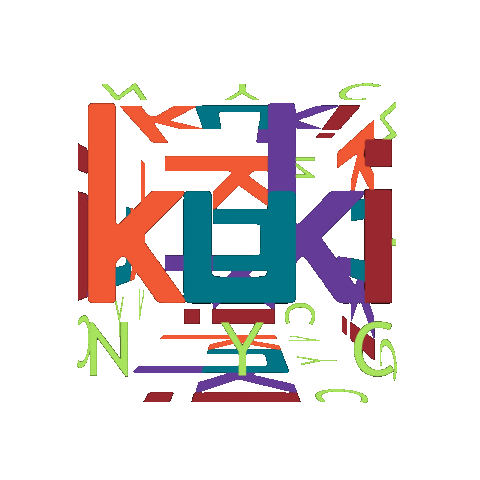Interactive Installations: Redefining Public Art Spaces
- alrugo
- Sep 22
- 2 min read
Public art evolves. It moves beyond static sculptures and murals. It demands engagement. It invites participation. Innovative interactive installations transform spaces. They create experiences. They connect people with art in new ways.
Innovative Interactive Installations in Public Spaces
Use technology. Combine light, sound, and motion sensors. Create dynamic environments. These installations respond to movement, touch, or sound. They change with the audience’s interaction. This makes art accessible and alive.
Examples:
Light tunnels that shift colors as people walk through.
Sound gardens where footsteps trigger melodies.
Projection mapping on buildings that react to crowds.
These installations attract visitors. They increase foot traffic. They enhance brand visibility for sponsors. They turn ordinary spaces into destinations.
What does immersive installation mean?
Immersive installations surround the viewer. They engage multiple senses. Sight, sound, touch, sometimes smell. The goal is full engagement. The audience becomes part of the artwork.
Immersive art:
Breaks the barrier between observer and art.
Creates memorable experiences.
Encourages exploration and discovery.
Tape art NYC uses immersive techniques. Their tape installations wrap around spaces. They invite touch and movement. This creates a unique sensory experience.
How to Plan an Interactive Installation
Start with the space. Measure dimensions. Consider lighting and foot traffic. Choose materials that withstand weather and wear.
Next, define the interaction type:
Touch-based - surfaces that react to contact.
Motion-based - sensors that detect movement.
Sound-based - audio triggered by presence or noise.
Work with artists and technologists. Prototype early. Test interaction flow. Adjust for accessibility and safety.
Budget for installation, maintenance, and staffing. Plan for promotion. Use social media and local press to attract visitors.
Benefits of Interactive Installations for Brands and Public Institutions
Increase engagement. Interactive installations create buzz. They encourage sharing on social media. This amplifies brand reach organically.
Enhance community connection. These installations invite participation. They foster a sense of ownership and pride in public spaces.
Support cultural initiatives. Collaborate with local artists. Showcase innovation and creativity. Position your brand or institution as forward-thinking.
Measure success through:
Visitor counts.
Social media mentions.
Feedback surveys.
Use data to refine future projects.
Future Trends in Public Art Installations
Expect more integration of AI and AR. These technologies personalize experiences. They adapt art to individual preferences.
Sustainability will grow in importance. Use eco-friendly materials. Design for reuse and recycling.
Collaborations will expand. Artists, technologists, brands, and communities will co-create. This will push boundaries and redefine public art.
Explore interactive installations for inspiration. They demonstrate how art can transform spaces and experiences.
Embrace the New Era of Public Art
Adopt innovative interactive installations. Transform spaces into experiences. Engage audiences actively. Build connections through art. Elevate your projects with immersive creativity.

















Comments